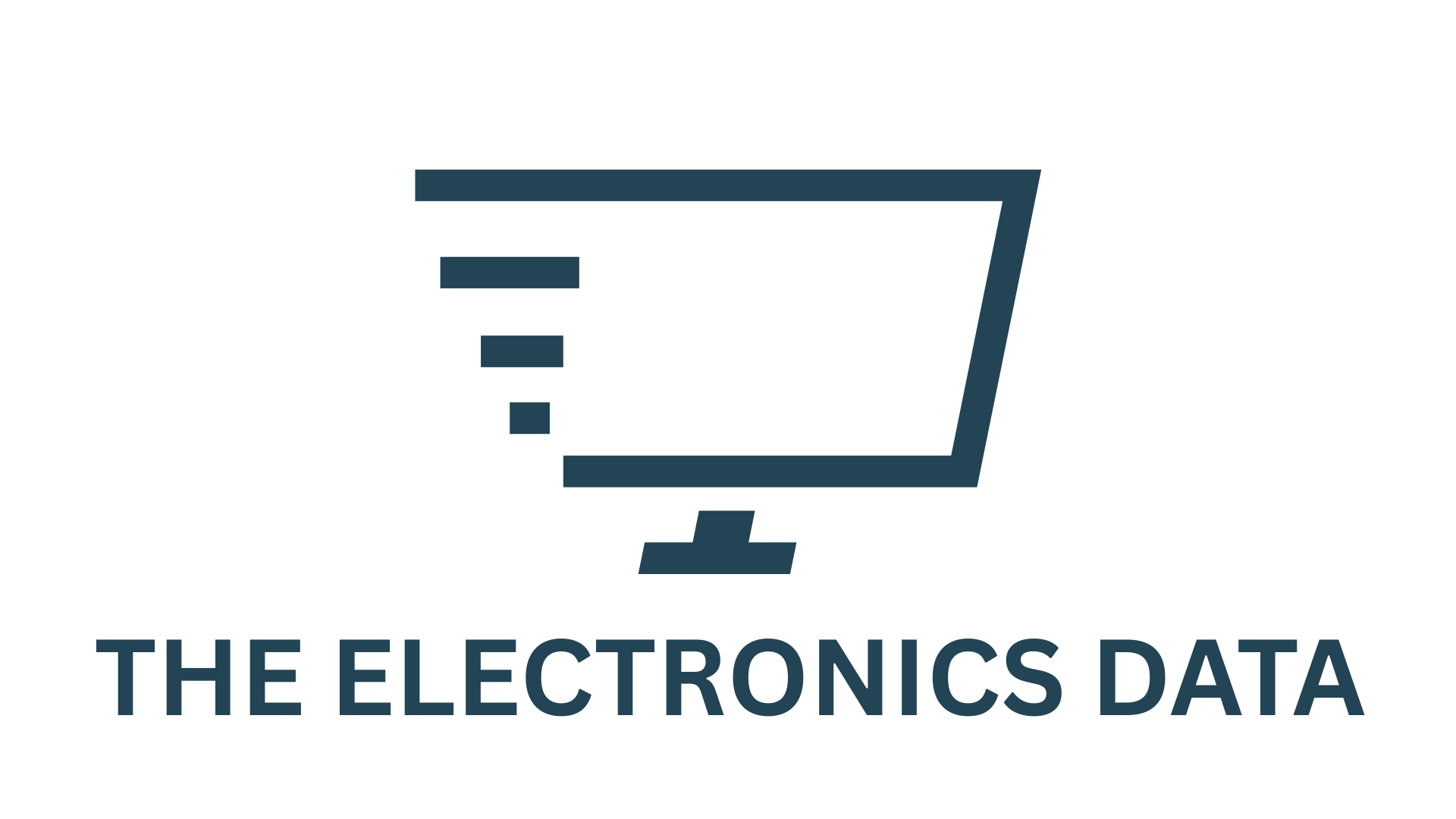Samsung Electronics, together with the Johns Hopkins University Applied Physics Laboratory (APL), published a paper on next-generation Peltier cooling technology in the prestigious scientific journal Nature Communications.
The team successfully developed a high-efficiency thin-film semiconductor Peltier device using nano-engineering technology and demonstrated refrigerant-free cooling, highlighting the potential to deliver outstanding performance without conventional refrigerants.
Previously in 2024, Samsung Electronics opened a new chapter in refrigeration technology through the launch of the Bespoke AI Hybrid Refrigerator, which combines Peltier devices with high-efficiency compressors. Much like a hybrid vehicle, this system intelligently switches between the two cooling methods depending on what best suits the situation.
While the Bespoke AI Hybrid Refrigerator marked a major step forward, the new thin-film Peltier technology developed with Johns Hopkins APL represents a leap into the future. How will this newly unveiled innovation be applied to home appliances, and how will it shape the cooling technology of tomorrow? To find out, Samsung Newsroom spoke with Sungjin Jung from Samsung Research, who has led the technology’s development, and Hajin Jeong from the DA (Digital Appliances) Business at Samsung Electronics, who is working to integrate it into Samsung’s next-generation refrigerators. (From left) Hajin Jeong from the Refrigerator Platform Lab of Samsung Electronics’ DA Business and Sungjin Jung from Samsung Research’s Life Solutions Team
Precise Temperature Control With Semiconductor Devices? Understanding the Principles Behind Peltier Cooling Technology
Conventional refrigerators operate using vapor compression technology. In this system, refrigerant gas is compressed into a liquid and then repeatedly evaporated to absorb and release heat, thereby lowering the internal temperature. While this widely used cooling method has proven effective, the use of refrigerants raises environmental concerns, and there are limitations in reducing power consumption — making it a challenge to carry this approach into the future and adapt it to evolving needs. Additionally, the bulky compressors and complex mechanical components inherent in this system place constraints on refrigerator design.
In contrast, Peltier cooling technology takes a different approach. As a semiconductor-based method that uses electricity to transfer heat, Peltier cooling utilizes the Peltier effect, in which an electric current passing through both ends of a Peltier device causes one side to absorb heat while the other side releases it.
▲The Peltier effect
Utilizing the Peltier effect, the surface that absorbs heat and cools can be placed inside the refrigerator, while the surface that releases the absorbed heat can be positioned outside — effectively lowering the internal temperature. The greatest advantage of this method is its precise control of heat flow using only electricity. In addition, its simple structure compared to refrigerant-based mechanical systems allows for greater flexibility in refrigerator design.
Advancing Peltier Technology and Expanding Possibilities Through Global Collaboration
In early 2023, Samsung Electronics ramped up cross-organizational collaboration — bringing together the DA Business, Samsung Research and Global Technology Research — to commercialize Peltier cooling technology and enhance its performance. The DA Business primarily focused on Peltier-technology-based product development, leading to the launch of the Bespoke AI Hybrid Refrigerator in early 2024. Samsung Research and Global Technology Research, meanwhile, drove technological advancement by developing high-performance Peltier devices with improved output and durability.
Around the same time, Samsung Research also initiated global collaboration efforts to pursue breakthroughs in fundamental technologies. In late 2023, it partnered with Johns Hopkins APL in the United States eventually launching an eight-month-long full-scale joint research project in April the following year.
The core objective of this joint research was to leverage Johns Hopkins University’s nano-thin-film Peltier device technology to boost the output of conventional milliwatt-class Peltier devices to several tens of watts, paving the way for a high-efficiency thin-film Peltier system suitable for integration into home appliances.
